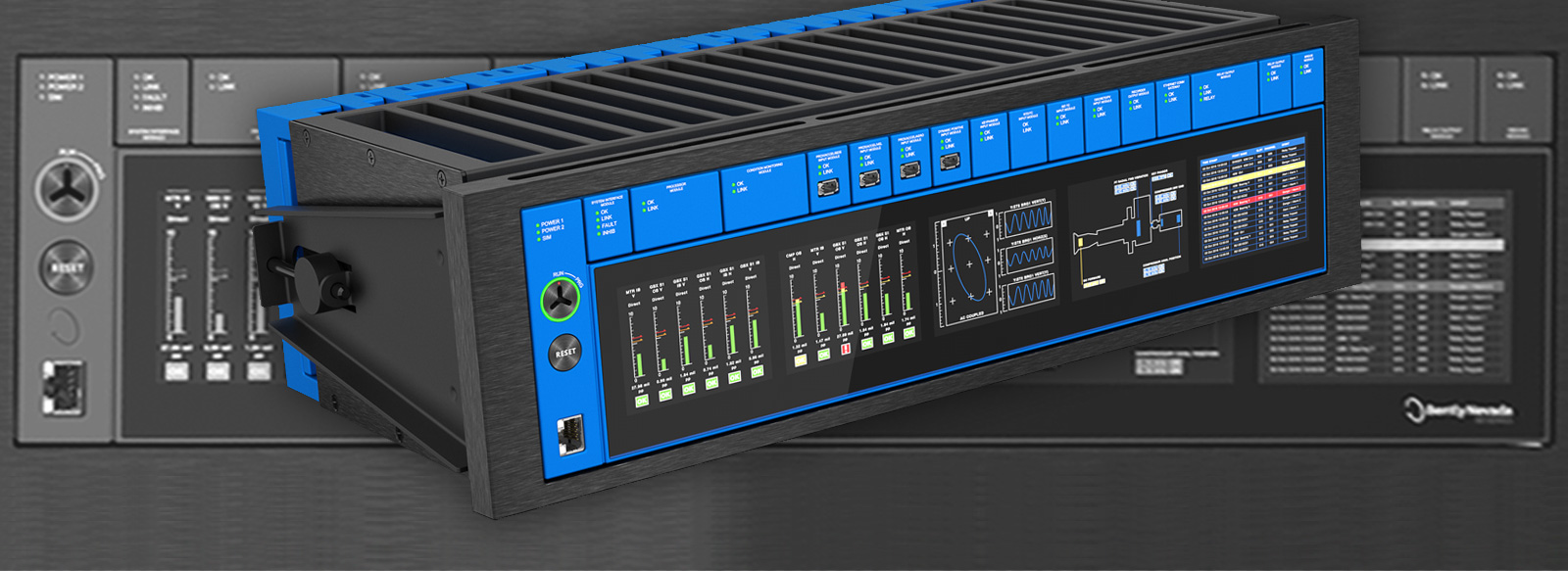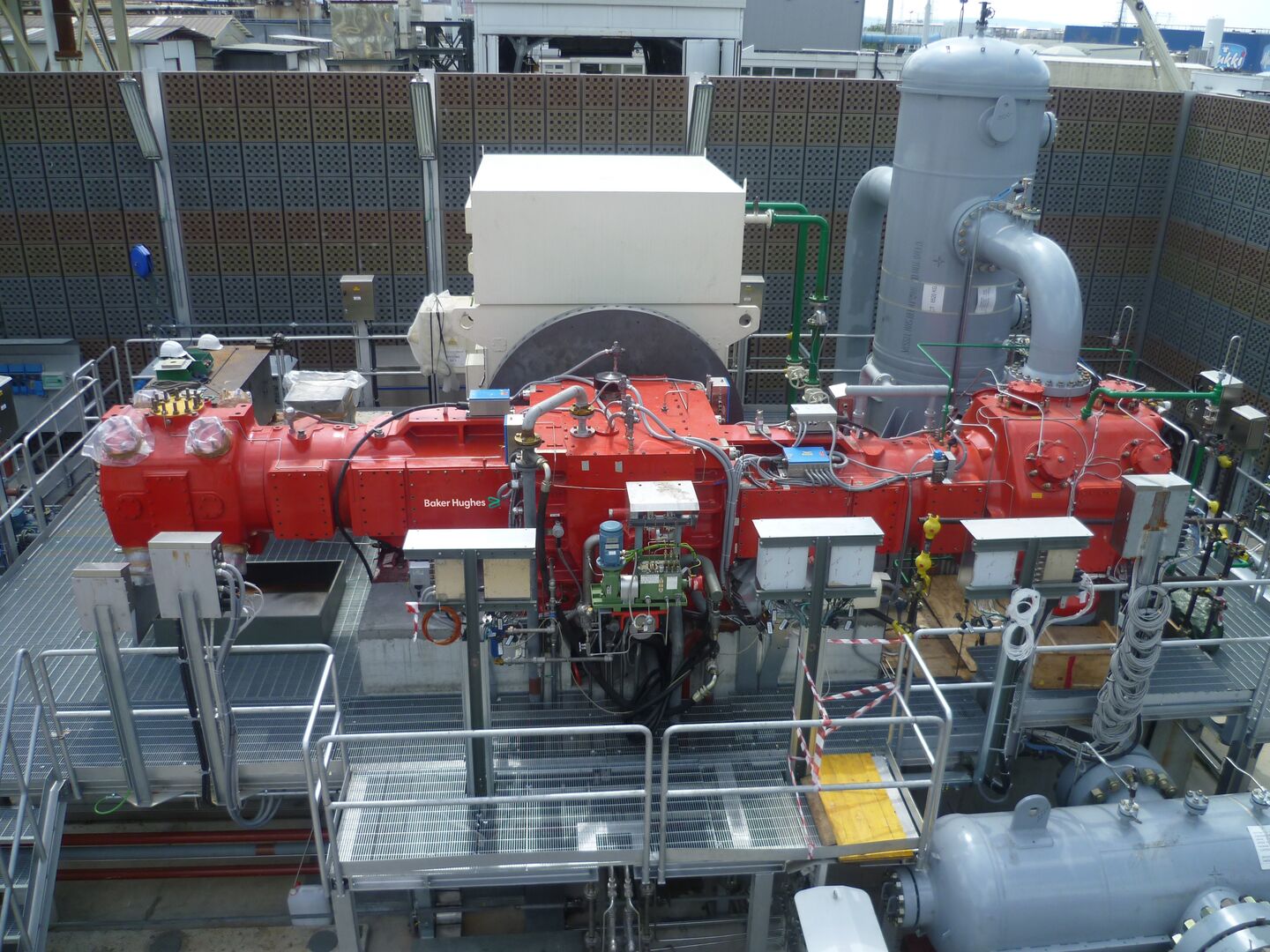
Orbit March 2022 Edition
Learn. Share. Experience.
Welcome to the Q1 2022 edition of the Orbit Newsletter Digital Publication. In this edition we will focus on Orbit 60 enabled enhancements discussing how the Orbit 60’s unique capabilities allow you more flexibility and ease of use for System 1; Rider bands being an important consumable component on horizontal reciprocating compressors; an Introduction to the Asset Strategy Management (ASM) Pillar with today’s reliability managers understanding the key elements of a sound reliability program; a case study describing how the remote diagnostic team resolved a vibration related issue on the NAP2 PAC Primary Air Compressor; along with vibration excursion in turbomachinery with another customer discussing how to diagnose rubs that typically occur in turbomachinery based on vibration data; and finally the industry-leading condition monitoring and diagnostics software, System 1, brings all assets and data types across a facility together in a single user interface with our People’s Corner interview.







